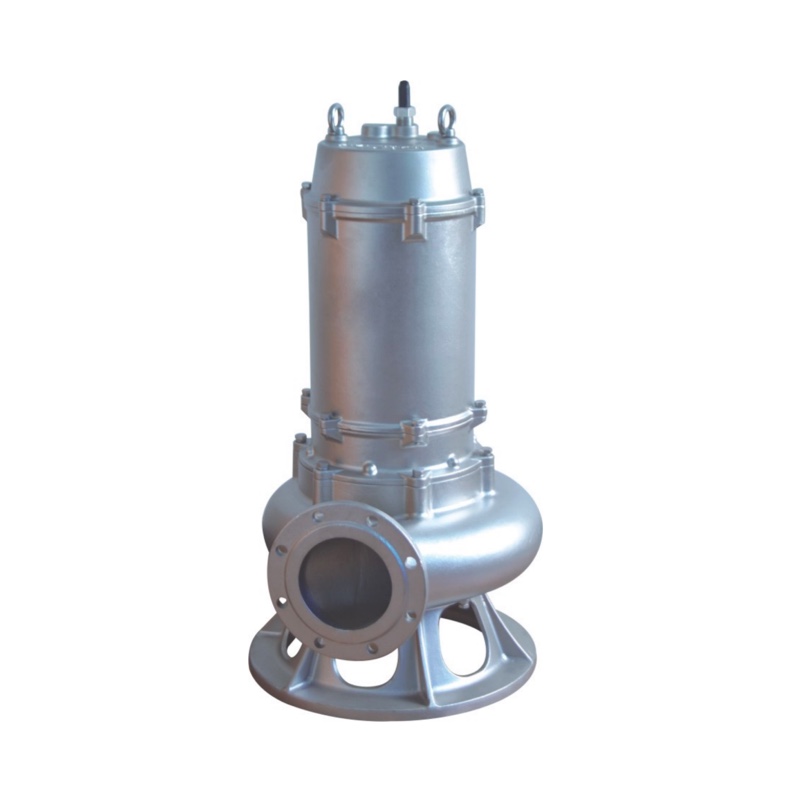close
Choose Your Site
Global
Social Media
Views: 0 Author: Site Editor Publish Time: 2024-03-27 Origin: Site









In the realm of wastewater management, submersible sewage pumps stand out as pivotal components. These pumps are designed to handle and transport sewage, including solids, efficiently from one location to another. This article delves into the workings of submersible sewage pumps, their common applications, advantages, factors to consider when choosing one, and tips for installation and maintenance.
A submersible sewage pump operates by being submerged in the liquid it is meant to pump. It consists of a hermetically sealed motor close-coupled to the pump body. The entire assembly is submerged in the fluid to be pumped. The key advantage of this design is that it prevents pump cavitation, a problem associated with a high elevation difference between the pump and the fluid surface.
When activated, the motor drives an impeller which rotates at high speed. This rotation creates centrifugal force that pushes water away from the impeller’s vanes, causing a low-pressure area at its center. Water from the sewage basin flows into this low-pressure area where it's then pushed through the pump’s discharge outlet and transported away for treatment or disposal.
Submersible sewage pumps are versatile in application, used in various settings such as:
Municipal wastewater treatment plants, for pumping raw sewage.
Residential septic systems, where they pump effluent from septic tanks to drain fields.
Industrial settings, for managing waste byproducts.
Agricultural sites, assisting in irrigation by handling slurry.
The benefits of using submersible sewage pumps include:
Efficiency: Being submerged reduces energy consumption needed to lift fluids.
Reliability: Sealed units prevent leakage and reduce risk of failure.
Quiet operation: Underwater operation minimizes noise pollution.
Space-saving: Their compact design requires less space than above-ground alternatives.
Selecting the right submersible sewage pump involves several considerations:
Flow rate requirements: Determine how much fluid needs to be moved within a specific timeframe.
Head pressure: Assess the vertical distance the pump needs to move fluid against gravity.
Solid handling capability: Ensure the pump can handle the size and type of solids present in your wastewater without clogging.
Material construction: Choose materials compatible with your application environment to ensure longevity.
Proper installation and maintenance are crucial for optimizing performance and extending lifespan:
Ensure proper sizing based on your specific requirements.
Install check valves and gate valves as needed for operational control.
Secure electrical connections against moisture ingress.
Regularly inspect pumps for wear or damage.
Keep intake screens clean to prevent clogging.
Schedule periodic professional inspections for internal components.
In conclusion, submersible sewage pumps play an essential role in effective wastewater management across various sectors. Understanding their operation, applications, advantages, selection criteria, and maintenance requirements can help users make informed decisions ensuring efficient and reliable performance over time. Whether you're involved in municipal planning, industrial waste management or residential property maintenance, incorporating these insights about submersible sewage pumps will contribute significantly towards sustainable environmental practices.